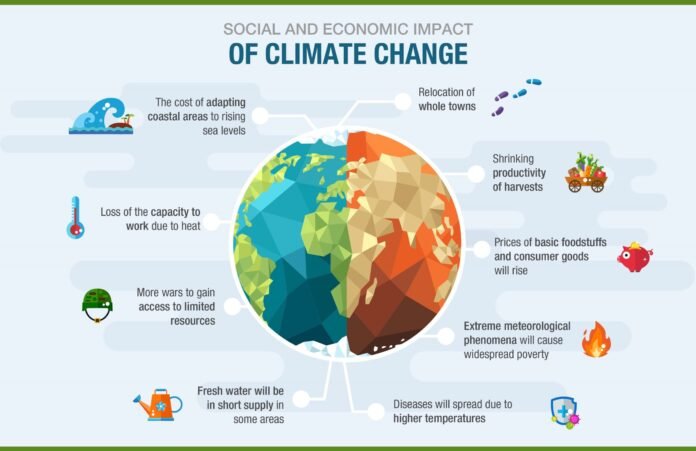New Delhi, Nov 19 – Nearly 182 million children aged three to four in low- and middle-income countries (LMICs) are missing out on adequate nurturing care, putting their healthy development at risk, according to a new paper published in The Lancet journal.
The study highlights how emerging environmental threats, such as air pollution, climate change, and chemical exposure, are further compromising child development. Researchers from the Centre for Chronic Disease Control (CCDC), New Delhi, contributed to the study, which builds on the concept of the “first 1,000 days” of life, from conception to two years old, and emphasizes the importance of the “next 1,000 days” (ages two to five) in fostering early childhood growth.
This critical window of development often goes unaddressed, as fewer than one in three children in LMICs aged three or four participate in early childhood care and education (ECCE) programs. The study urges greater investment in this stage of childhood development, particularly by improving access to high-quality ECCE services. These programs, the researchers argue, should focus on providing trained teachers, child-centered play, and responsive, stimulating classroom environments.
Aditi Roy, Senior Research Scientist at CCDC, told PTI that India’s major concern is ensuring equitable access to quality ECCE. She emphasized the need for a holistic, activity-based curriculum that aligns with the National Education Policy’s recommendations, as opposed to traditional rote learning.
Data on ECCE attendance in India remains inconsistent. The 2022 government report showed that 28.58 million children aged 3-6 were enrolled in early childhood education through the Integrated Child Development Scheme (ICDS). However, private pre-schools, which are on the rise, often lack regulation and may have questionable quality.
Roy further noted that the National Family Household Survey (NFHS-5) data from the 2019-2020 school year may not accurately reflect the current situation due to the COVID-19 pandemic, but the ongoing NFHS-6 survey may provide more recent insights.
According to the study, providing one year of ECCE for all children in LMICs would cost less than 0.15% of their GDP, while the benefits could be 8-19 times the cost. Catherine Draper, Co-chair of the series from the University of the Witwatersrand, South Africa, said that while LMICs have been underrepresented in early childhood research, the study stresses the urgent need to provide these children with the care they need to thrive.
The authors also underscore that ECCE programs offer more than just education: they include growth monitoring, food assistance, nutrition supplements, and caregiver support—critical elements for fostering healthy development. Furthermore, air pollution and climate change are identified as growing threats. Air pollution directly affects children’s physical development and disrupts education, while extreme weather events caused by climate change, such as floods, droughts, and heatwaves, undermine food security and economic stability, all of which harm child development.
Roy pointed out that while the impact of climate change on early childhood education is not yet being addressed in policy discussions, it is essential to integrate ECCE into climate action plans to safeguard future development.



